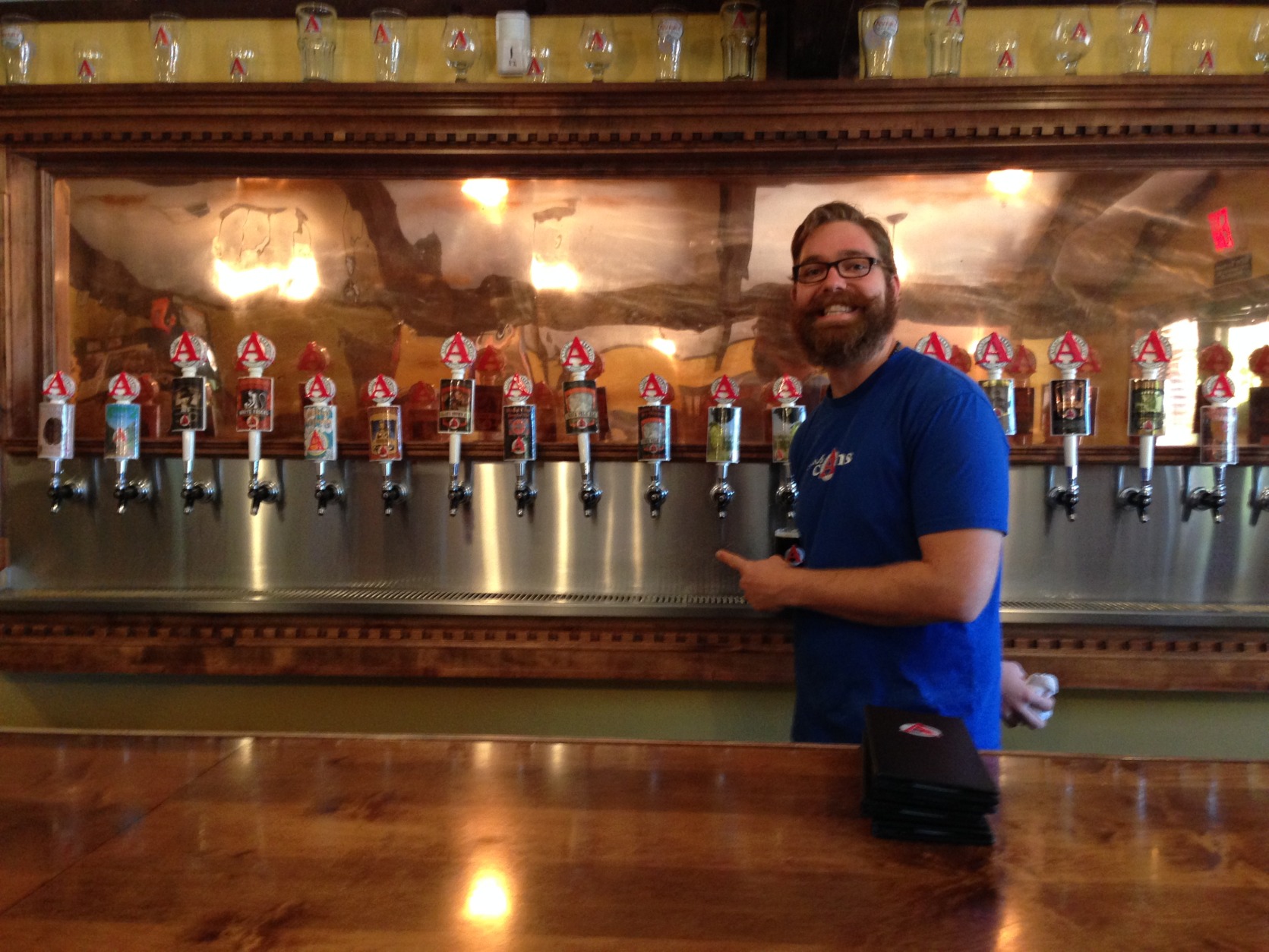
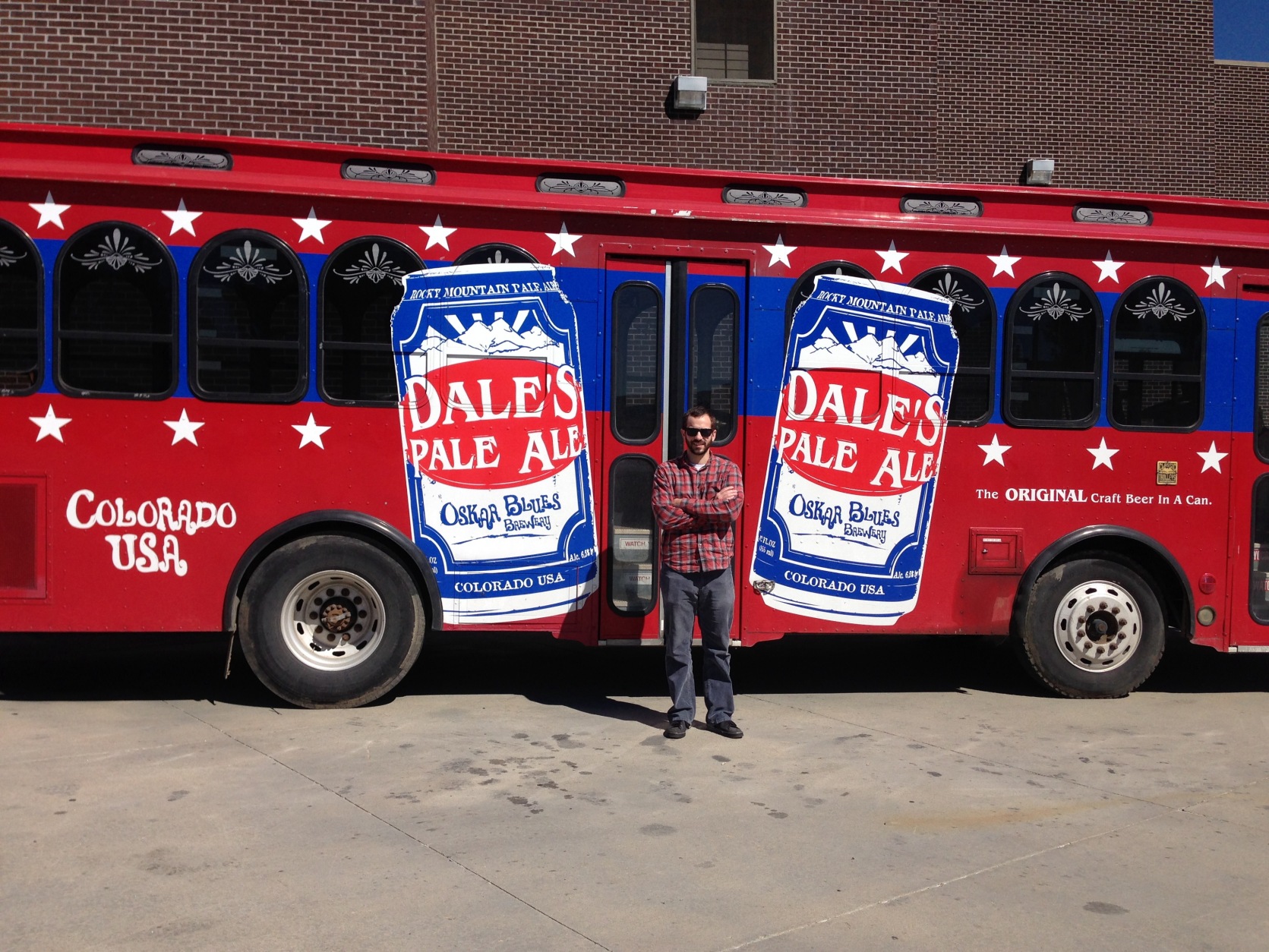
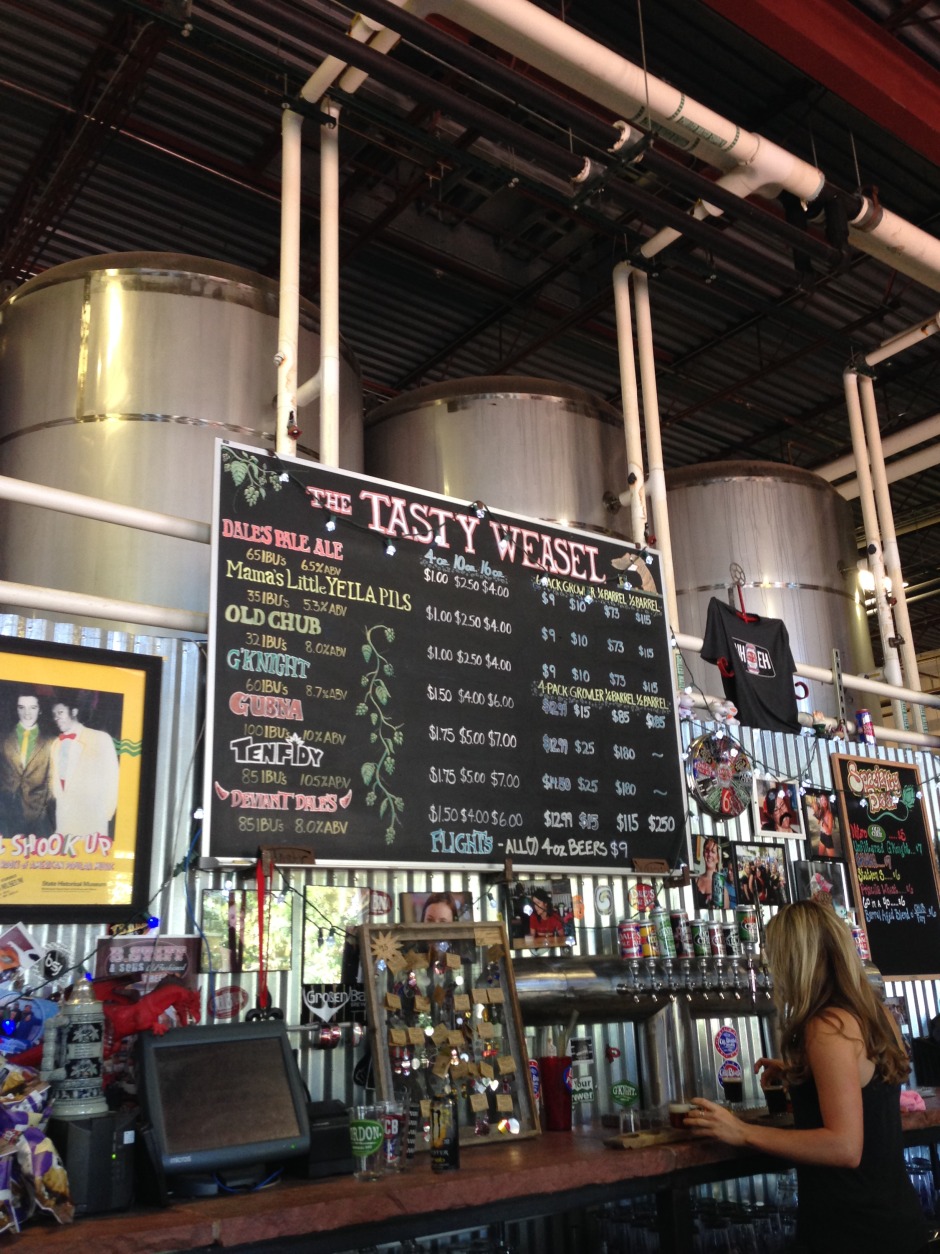



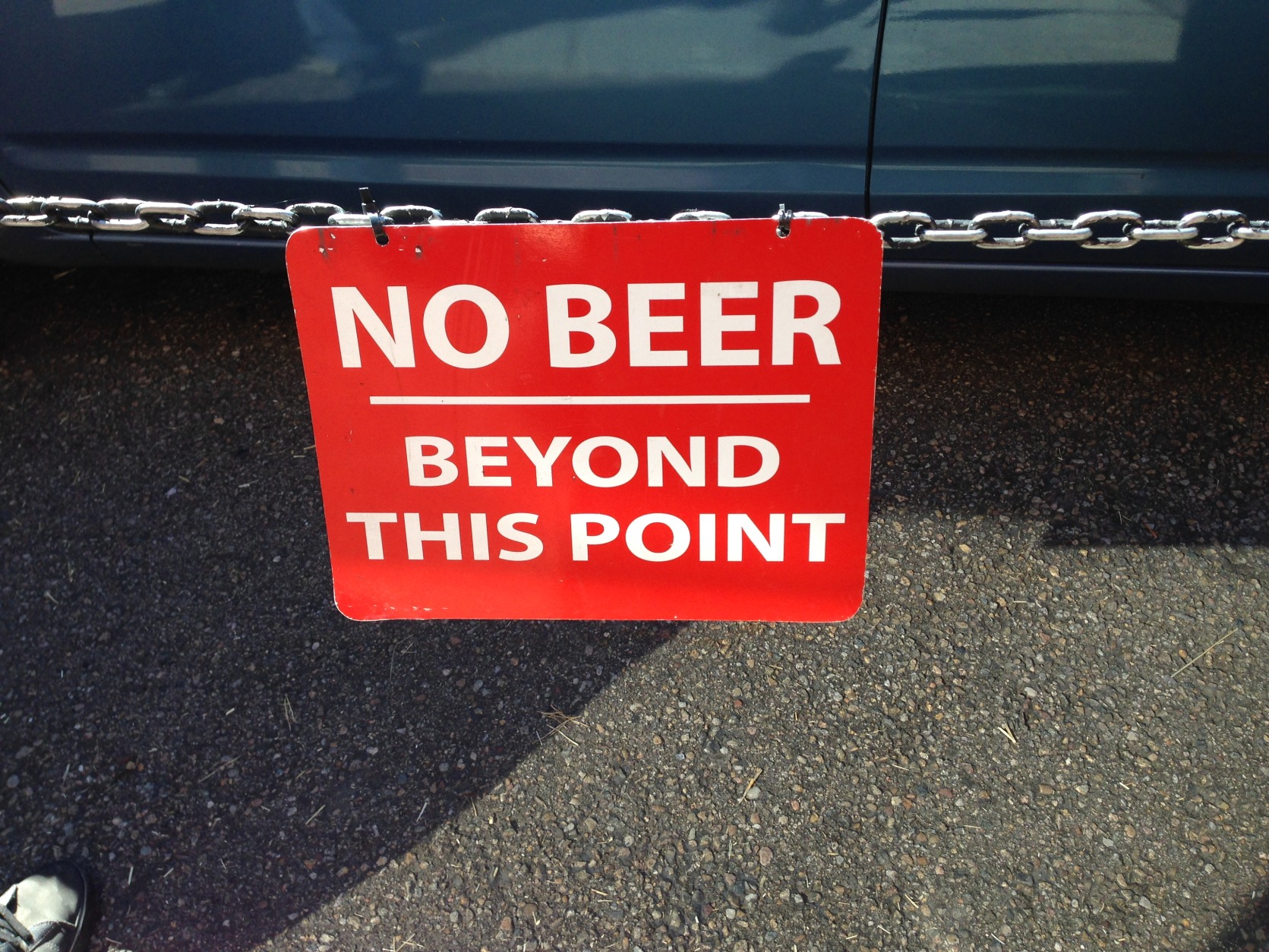
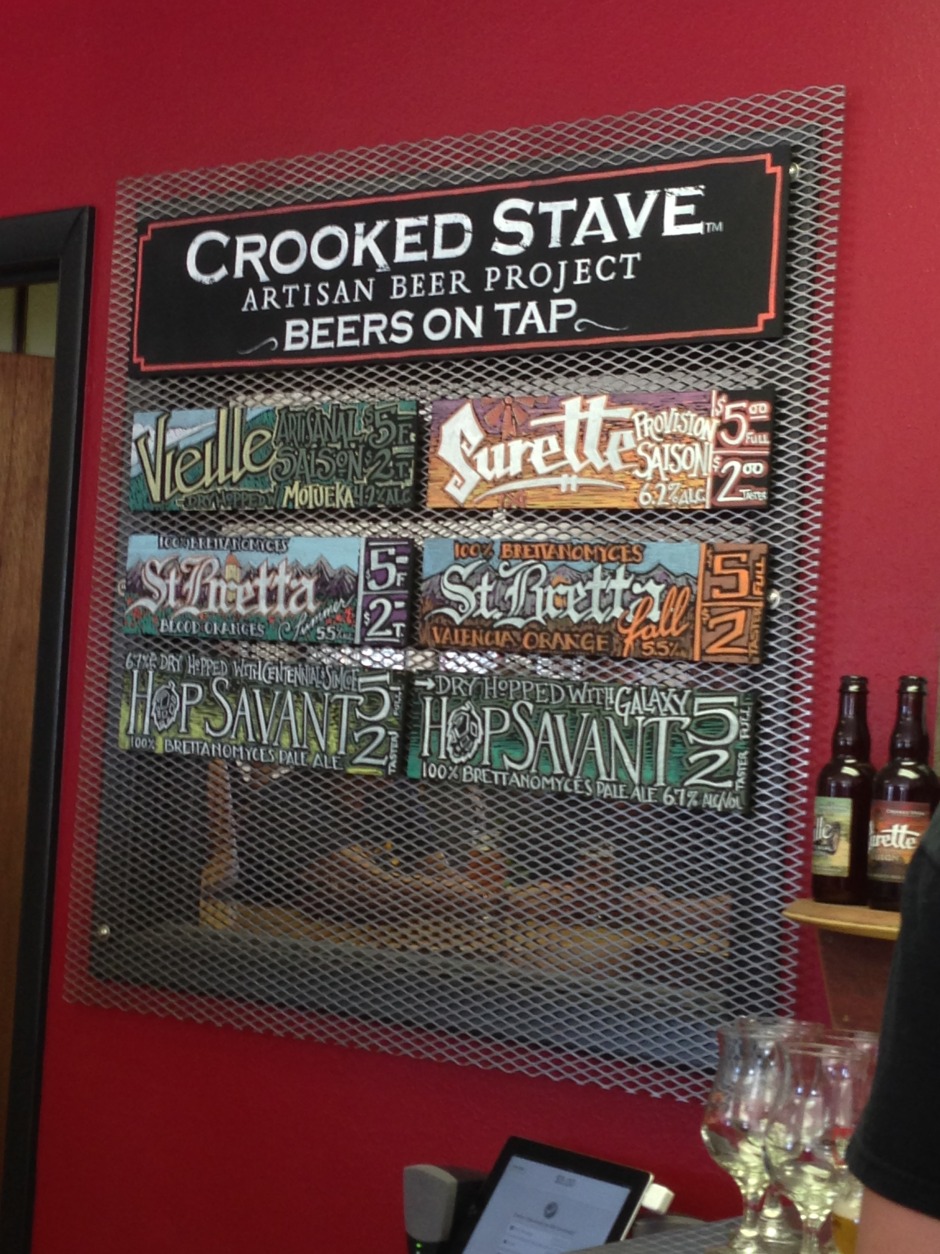
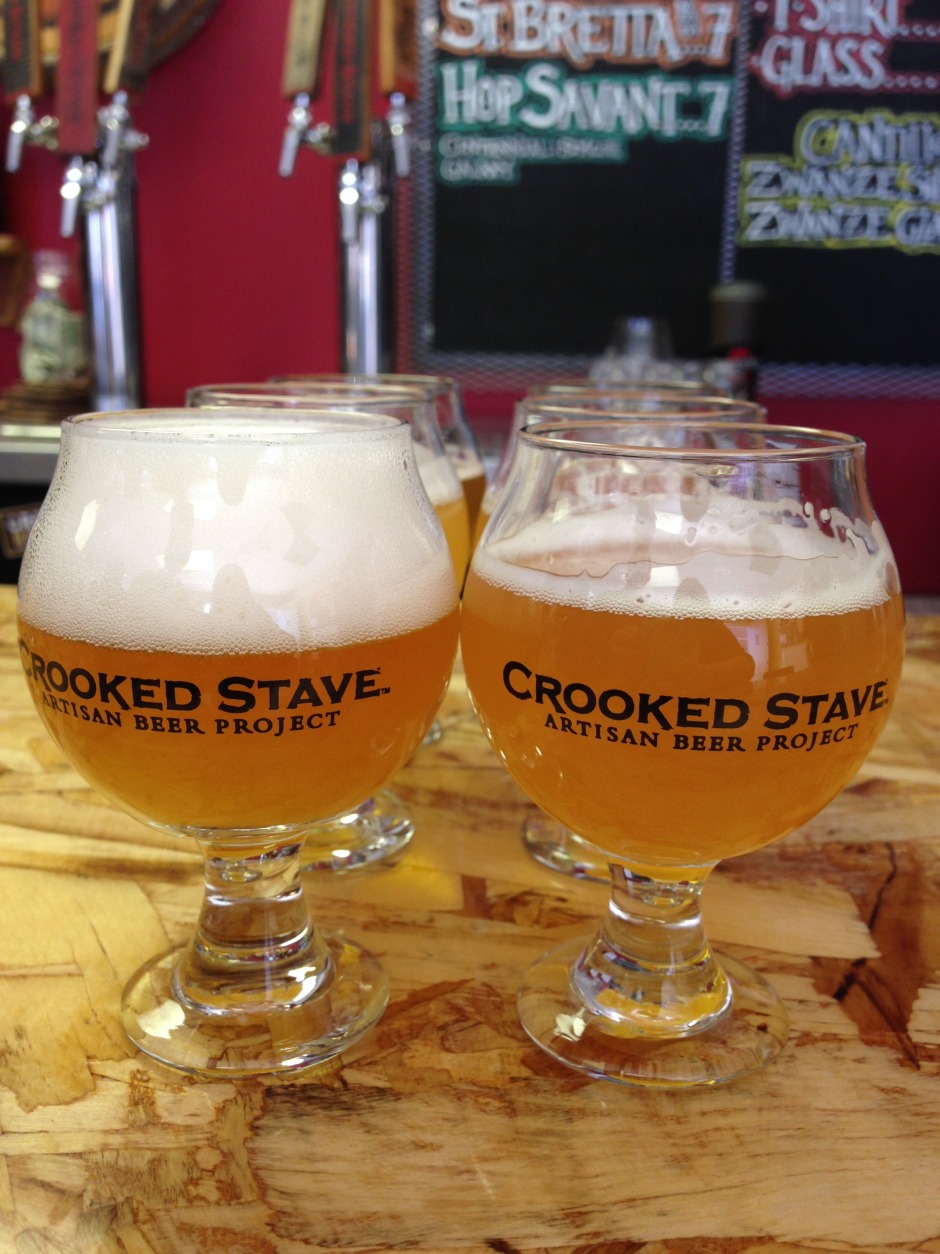
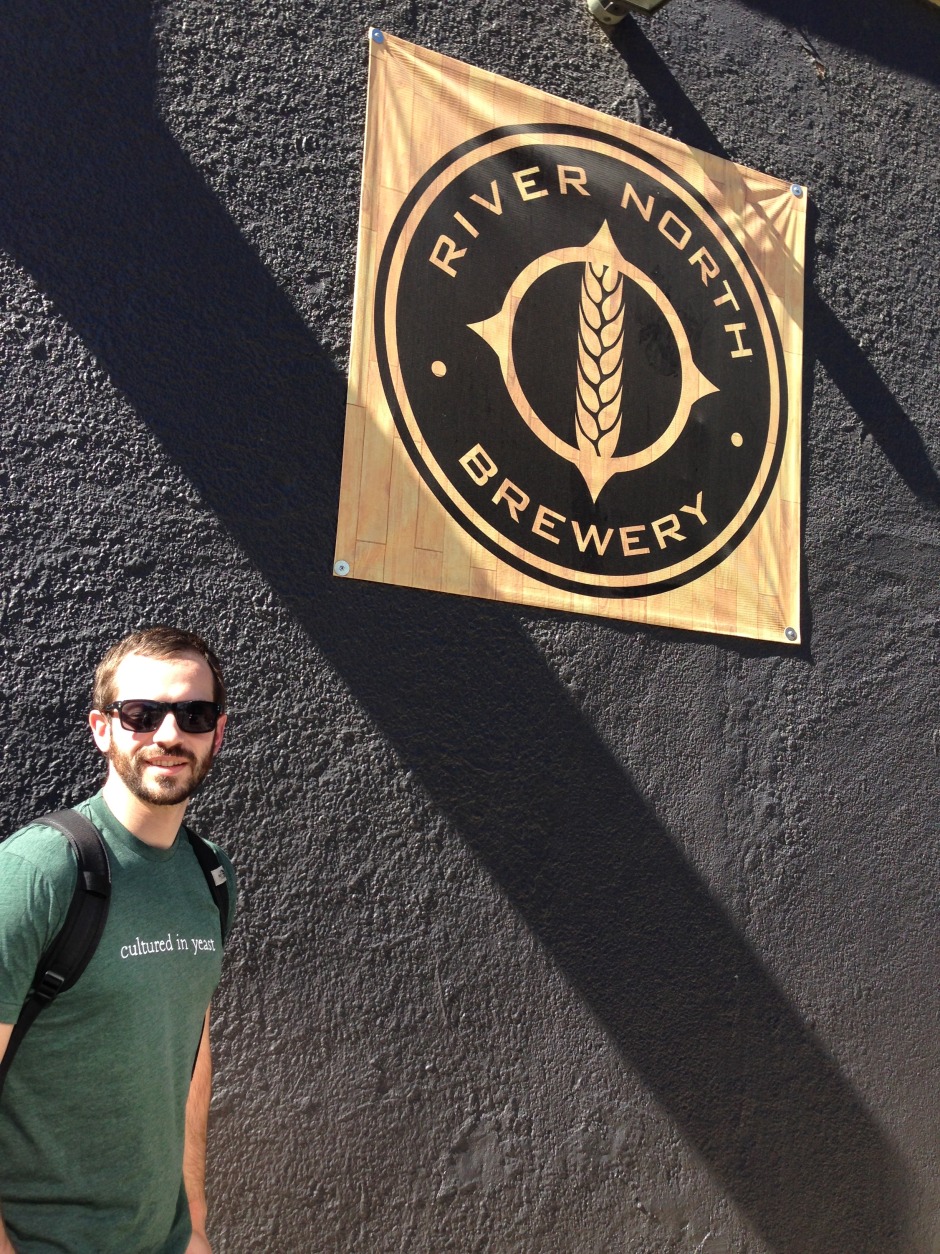
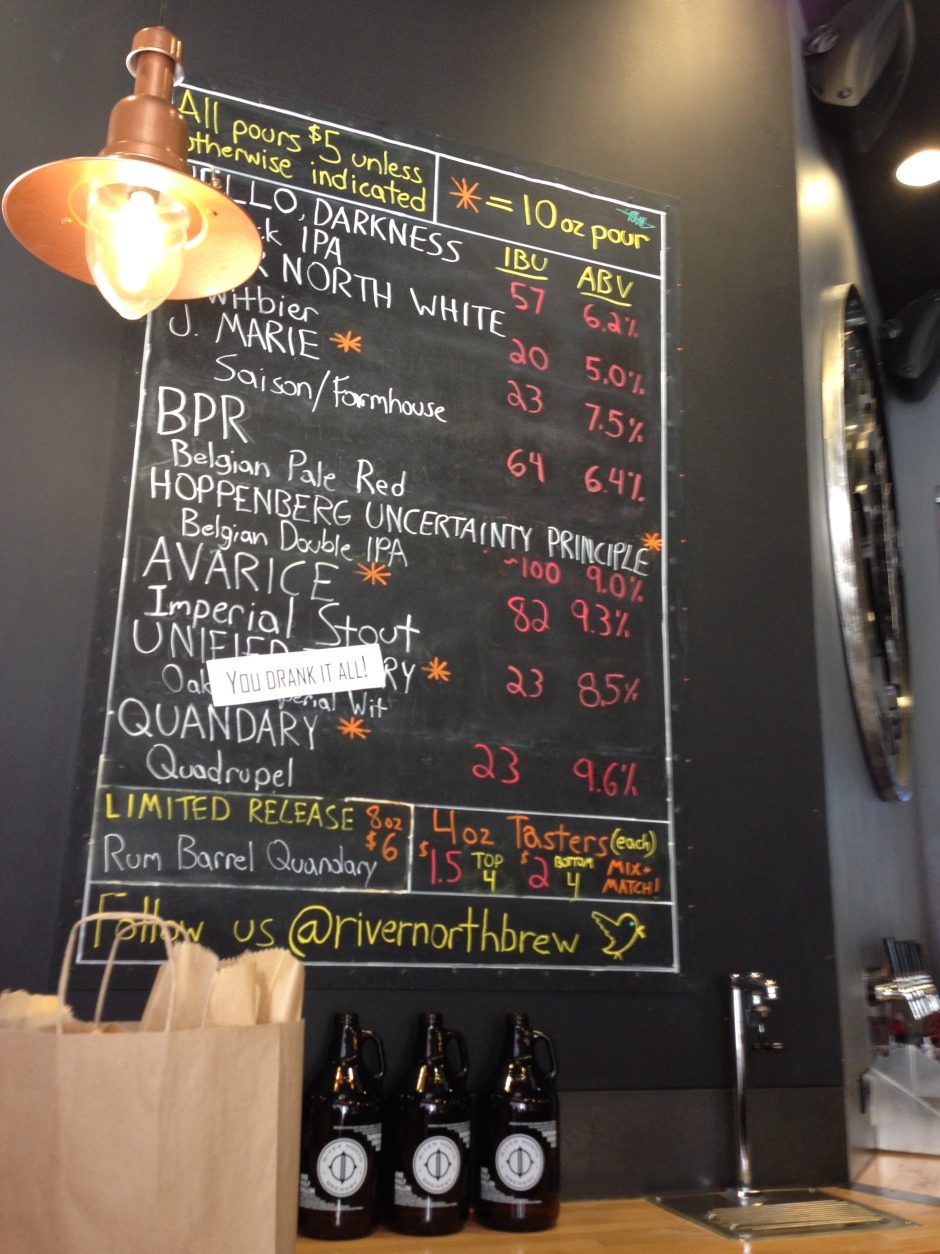
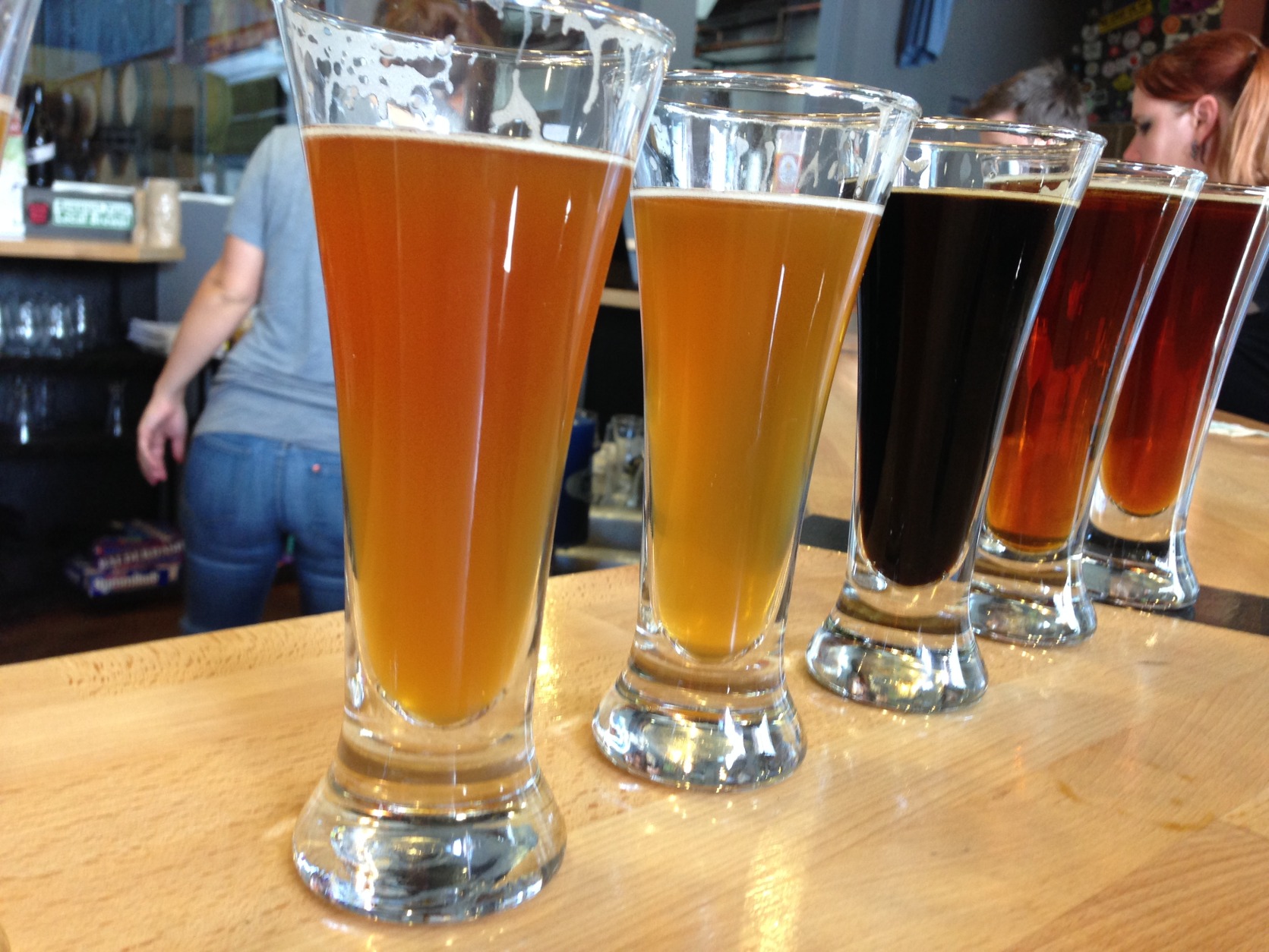
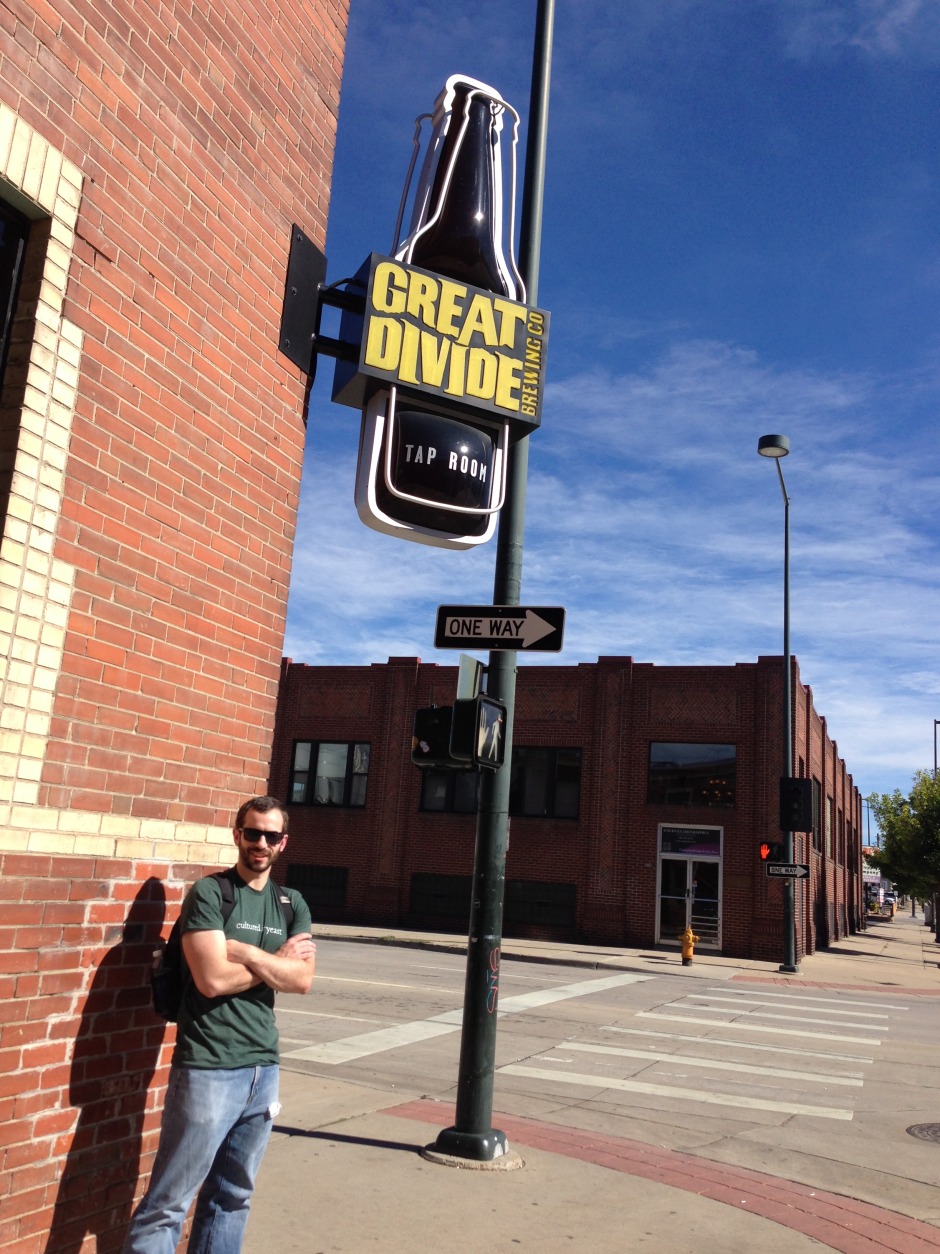
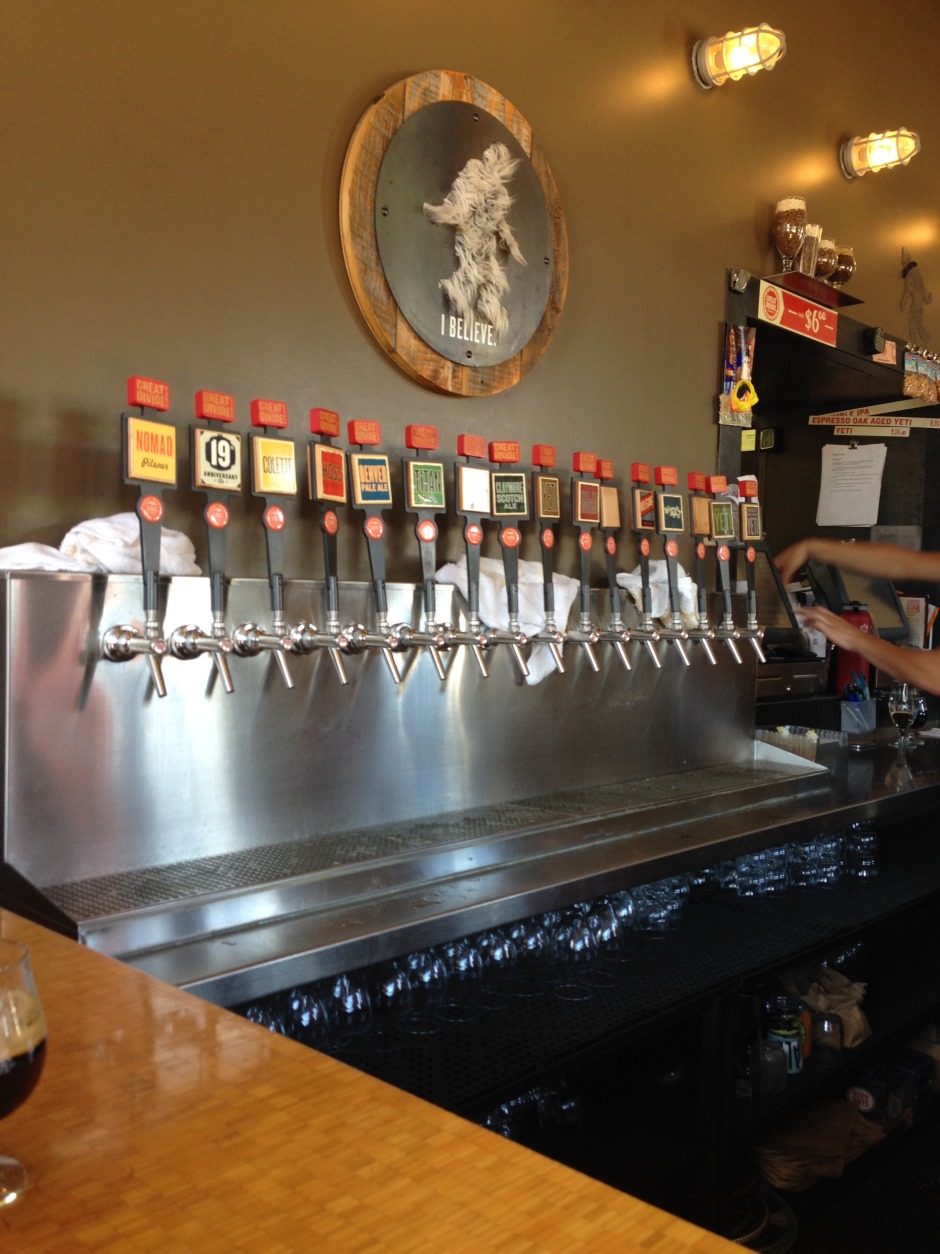
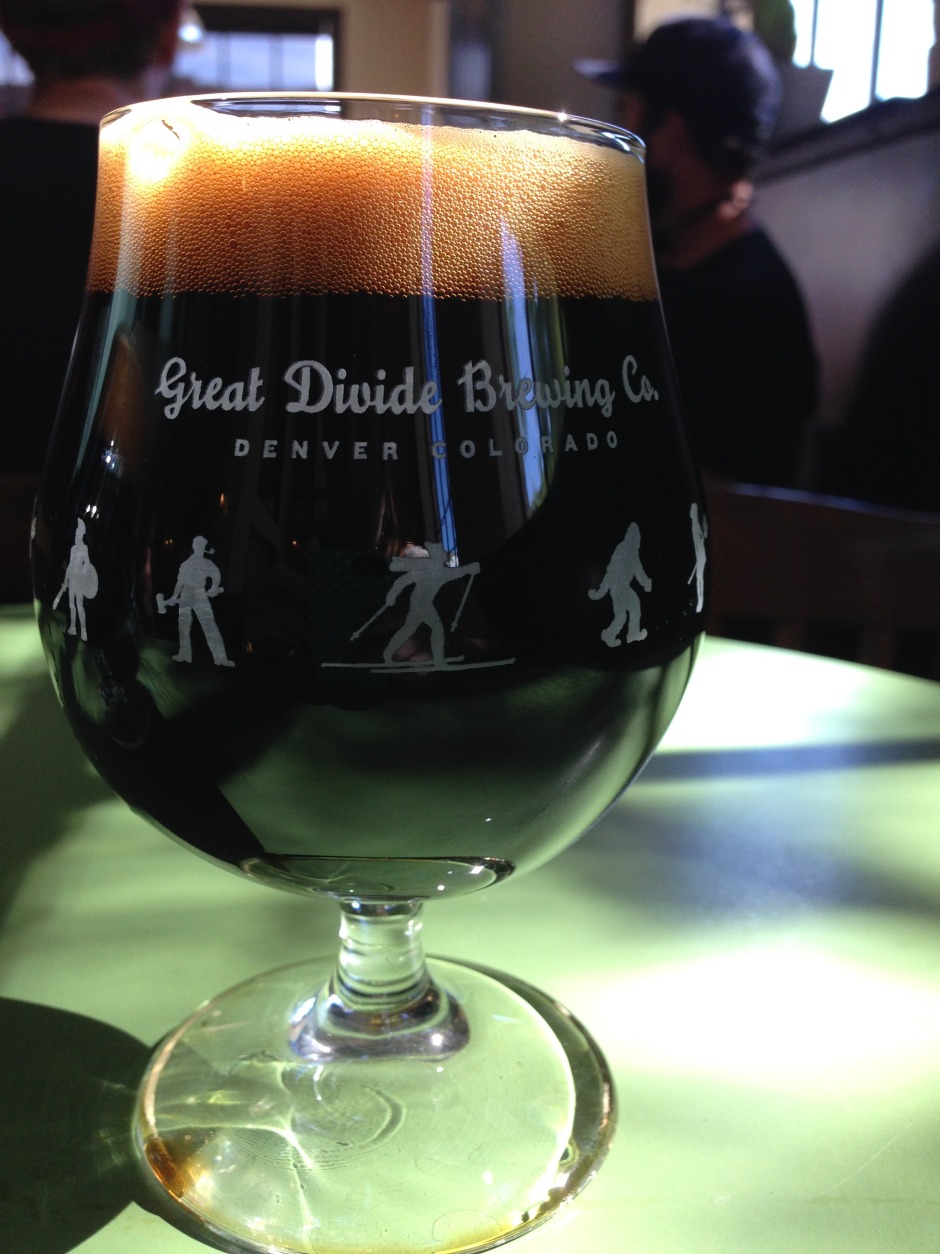
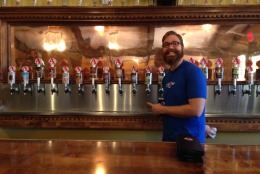
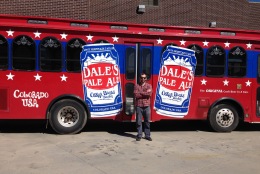
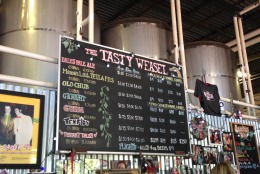
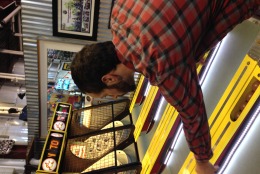
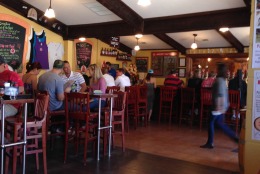
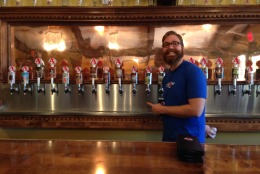

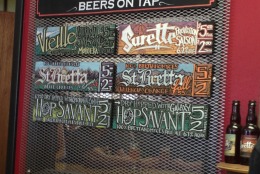
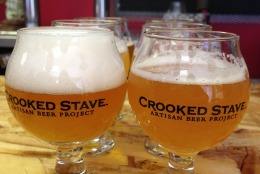
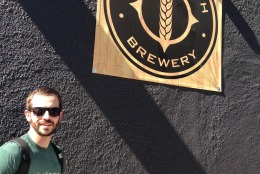
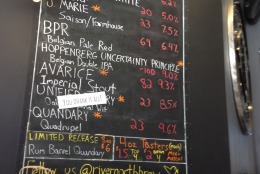
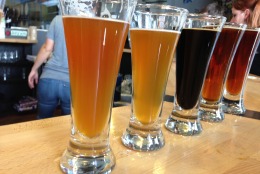
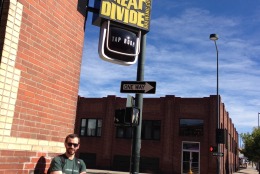
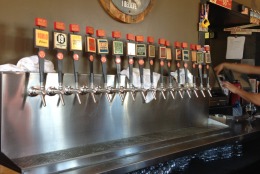
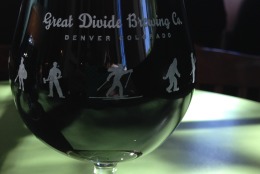
Rob Fink, special to wtop.com
WASHINGTON – If you happen to find yourself in Denver without a plan and nothing to do, there are countless activities when it comes to exploring the local beer scene — and it’s a scene where D.C. is leaving its mark.
At this year’s Great American Beer Festival (GABF), held in Denver, a few local breweries received top marks, including Alexandria, Va.’s Port City, which walked away with four medals and a gold for its Belgian-style Witbier, Optimal Wit.
During my recent trip to Colorado, I was able to spend quite a bit of time with the best of what the Denver area has to offer. And let’s just say I didn’t leave thirsty.
About 40 minutes northwest of the Denver is the unique city of Longmont, Colo. Although Longmont produces one of the best milk stouts in the country (Left Hand Brewing Company), I found myself at Oskar Blues, one of the first craft breweries in the country to can its beers.
The brewery’s tasting room seems as through it is carved right out of the brewery floor space. A chalkboard lists the brews of the day: four out of the eight listed were incredibly hop- forward. One of the brewery’s better known beers, Dale’s Pale Ale, is by-and-large a misnomer, since it shares more of the pine/citrus hop intensity of IPAs. However, the barrel-aged blend of Oskar Blue’s Scotch Ale Old Chub and its Imperial Stout Ten Fidy, far surpassed the complexity of other hoppy offerings.
Just a heads-up if you are planning a visit: Everyone understands that consumption of alcohol causes intoxication, but the pungent aroma of actively fermenting beer was enough to do me in.
Another experience not to miss at Oskar Blues: a game of skee-ball. My score shall remain undisclosed.
About 10 minutes from Oskar Blues is one of Colorado’s most renowned craft breweries, Avery Brewing Company, in Boulder, Colo.
My timing was perfect: I had the opportunity to try several of the brewery’s one- off “wet-hop” beers. This means the hops are used straight off the vine, without being kiln dried beforehand.
Wet-hopping lends tremendous nuance to the profile of highly hopped beers, including notes of pine and bright citrus. The Chinook IPA was the clear winner in my book.
Located in Denver, Crooked Stave is at the forefront of the “wild” beer movement in America.
Most, if not all, the beers are fermented with a strain of brewer’s yeast, called Brettanomyces. This yeast imparts a range of flavor, from barnyard funk, to leather and pineapple, depending on the specific fermentation conditions.
Certain beers are also purposefully inoculated with souring bacteria, such as pediococcus and lactobacillus, lending bright sour acidity to complement the underlying funk.
The collection of beers at Crooked Stave blew me away. The colors were virtually identical, but the range of flavor, even within the realm of funky/sour beers, was surprisingly wide.
I had the opportunity to try two different versions of the brewery’s St. Bretta, one brewed with blood oranges, the other with Valencia oranges. I enjoyed both very much, but the Valencia orange version beautifully showcased the natural sweetness of the fruit.
Last, but certainly not least, was the Hop Savant, dry hopped with the Australian hop variety Galaxy. It only takes one deep inhale to be fully enamored with the vividness of the hop profile, which blends seamlessly with the Brettanomyces fermentation character.
Ripe mango, honeydew melon and juicy pineapple rest easy alongside the acidity and funk for a unparalleled beer experience.
Located a few blocks north of Coors Field, River North makes its Belgian- influenced craft beers with decidedly American bravado.
If Belgian-style beers are your thing, the list of offerings at River North is a bit overwhelming — if only because everything sounds delicious.
Given that, I only did what felt natural, and ordered a taster of every beer available. Here are some of my research findings:
The Belgian red and Belgian double IPA were both excellent examples of the brewery’s respective styles, but given my affinity for hops, I ended up preferring the latter.
The imperial stout was chock full of what you come to expect in an American iteration of the style: bittersweet chocolate, roasted coffee and deep caramel, tinged with purple fruit flavors, such as plum and raisin. However, the show-stoppers were the two Belgian-style Quadrupels, one aged in rum barrels.
Quads already have a long list of red and purple fruit flavors, but the rum barrel treatment created an entirely new echelon for flavor. Several months in rum barrels coaxed out rounded notes of charred oak, brown sugar, vanilla and molasses, culminating in a seamlessly integrated flavor experience.
If the next time you’re in Denver is your first or seventh, you owe it to yourself to swing by River North.
In some ways, Great Divide is the old kid on the block. When Brian Dunn started the brewery in 1994, the nascent Denver beer scene looked nothing like it does today.
Thankfully, Great Divide and other area breweries — such as Avery, which started just a few months before Great Divide — have helped to transform Denver into a world-class beer city.
The draft lineup inside the Great Divide tasting room is daunting, to say the least. Its brewing footprint runs the gamut of the craft beer paradigm, from authentic pilsner to hop-forward pale ales and IPAs, all the way to worthy American interpretations of classic Belgian styles.
Arguably the best beer the brewery has to offer is the oaked version of Great Divide’s Yeti Imperial Stout. A dense mocha froth rests comfortably on the jet black body, radiating dense wafts of malty heaven in the form of sticky caramel, dark chocolate and deep dark fruit, all coalesced by the rounding flavors of oak aging.
Quite naturally, the flavor follows suit, and proved to be a wonderful way to end a day of exploration in one of best beer cities around.
—-
If you’re interested in reading more about the Great American Beer Festival, DC Beer has a complete list on how beers were judged and how other local breweries stacked up in the competition.
Follow @WTOP and @WTOPliving on Twitter.







